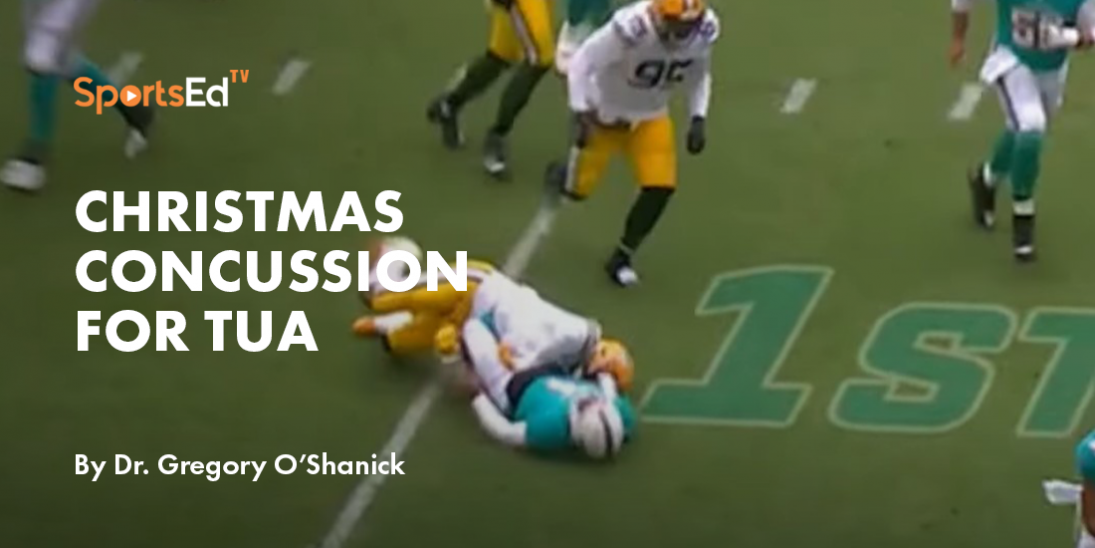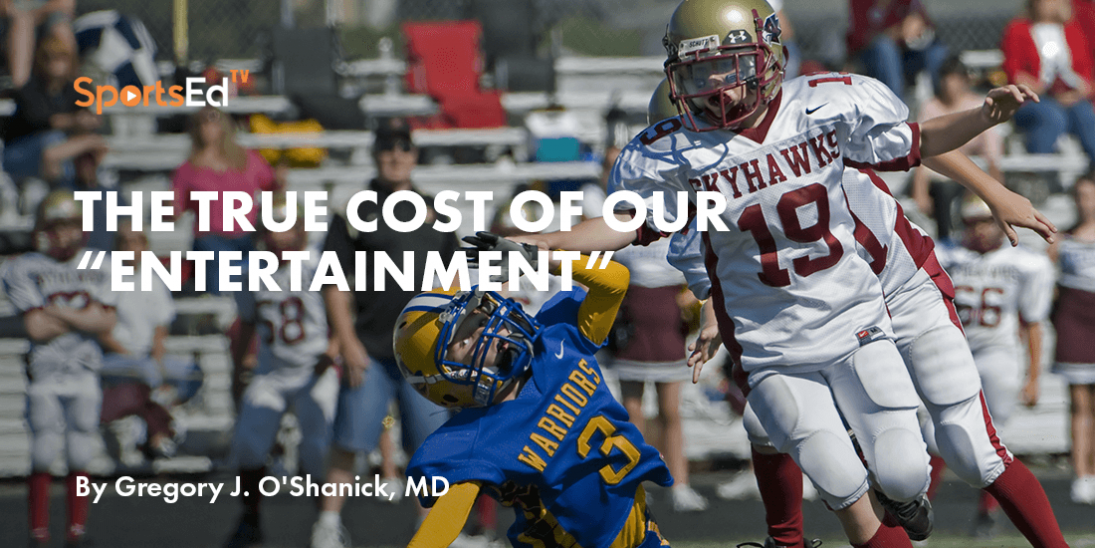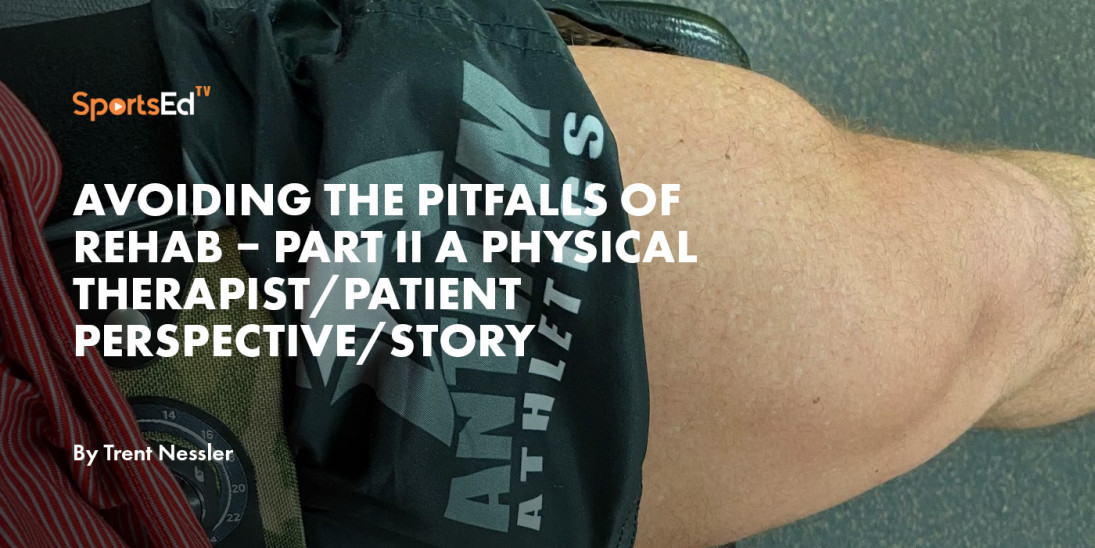Health, Martial Arts
Welcome and thanks for visiting...

The Dangers of Slap Fighting: Why This Viral Trend is a Risk to Brain Health
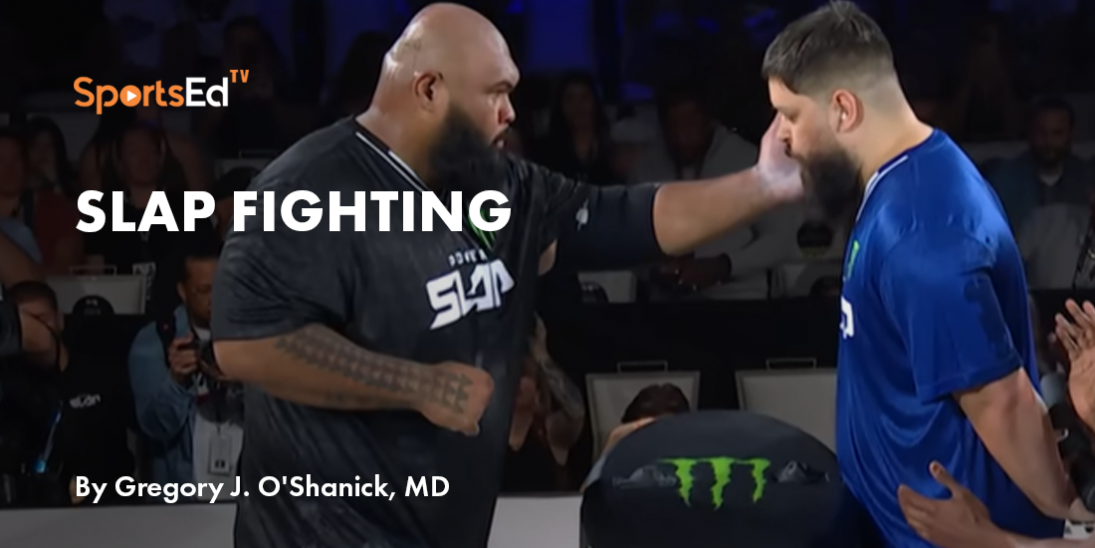
I currently live in two distinct and separate universes:
In one, I am an internationally respected expert in concussion and neurotrauma treatment and rehabilitation.
On the other, I am the grandfather of a twelve-year-old, highly intelligent, athletically gifted rising seventh grader who is my firstborn’s firstborn.
Under the former identity, I was recently quoted in the New York Times on the subject of the “sport” of “slap fighting,” a form of “entertainment” that has generated 177 million posts on TikTok as of August 17, 2024.
What is Slap Fighting, and Why is it Dangerous?
For those of you who have been living in a cave, this activity involves two humans standing across from each other (usually separated by a high counter) and, in the presence of an “official,” taking turns winding up and hitting the other contestant on the side of the face/head with an open hand… once. The receiver of said blow is not allowed to shield, duck, turn away, or in any manner prevent his sustaining the full force of the impact.
The intent of this impact is to render the opponent unconscious, or dazed, or knocked to the floor, or manifesting some other form of physical impairment that lasts in excess of 30 seconds, before (you guessed it), another slap is delivered. This sport is repeated either three or five times, depending on the nature of the event. (And yes, the first person then gets his turn.
As a “sport”, this has been licensed by gaming commissions in Nevada, Texas, and Florida. The organization is quick to say they have medical personnel on site to evaluate the contestants and transport to health facilities as required. It has been purported to be “less dangerous” than other contact sports as the frequency of impacts are fewer. (No objective data has been presented to support this assertion.)
The Neurological Impact: Why Slap Fighting is a Serious Concern
Wearing my “grandfather” identity, I found myself having a talk last weekend before classes began with my grandson: a bright, compassionate, insightful, sensitive young man. But when the topic of “Does slap fighting occur at your school or with your peers?” came up, the climate suddenly became notably chillier. (Holy cow, I said it on the inside!) “Hey, let’s talk about this and why Gramps is worried.” (After all, I was the reason they wore helmets when they rode their toys in the house when they first began that activity.)
What followed was an essential neuroanatomy discussion of the brain having two different densities of tissue: gray matter (less dense) and white matter (denser). When blunt force is applied to the head (especially in a glancing, angular, accelerating manner), the motion slides these across each other and creates microscopic tears that amputate the brain cell body from its connected link to the next brain cell down the line. This is the fundamental change in any form of concussion or traumatic brain injury. If the impact is a “one and done” event, the brain has a better chance to stabilize and ultimately recover and rebuild from that event.
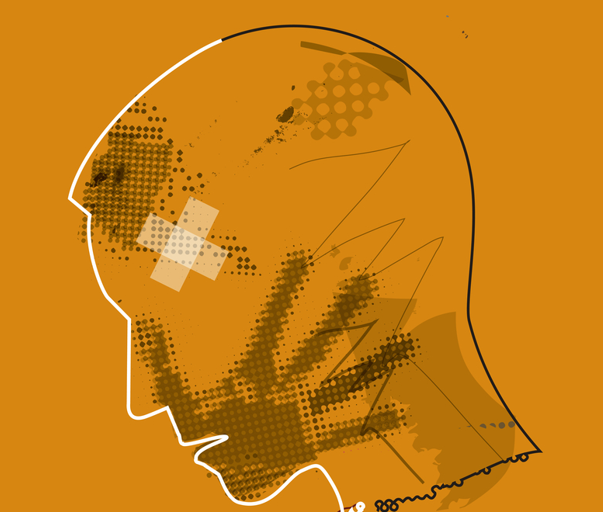
HOWEVER, if the impact occurs over and over again in a short span of time, then the condition resembles more of a “shaken baby” process. And everyone recognizes the horrible consequences of that event.
True, these “sports” in Florida, Texas and Nevada are engaged in by adults; but the frontal lobes are not fully developed until age 25. And how many children and adolescents are “playing” this in the locker room, behind the school, in the parking lot, etc away from any supervision or controls (not that that would make it safer).
In my experience, adolescents need contests to assert dominance, define hierarchy, and challenge one another in healthy ways. In a bygone era, “hot hands” were played to see whose visual reaction time was superior, with the consequence being soreness on top of one’s hands. That evolved (or perhaps devolved) into the hand slap where the defender would hold his hands prayer-like in front of him, moving them upward and out of the way when the opponent facing him attempted to slap his hands from the side.
Perhaps this was a forerunner of slap fighting where hitting the head was the target; however, the neurologic outcome of this form of “entertainment” is too costly to allow it to invade our children and adolescents’ lives.
In my experience, it should not invade the adults’ lives.




